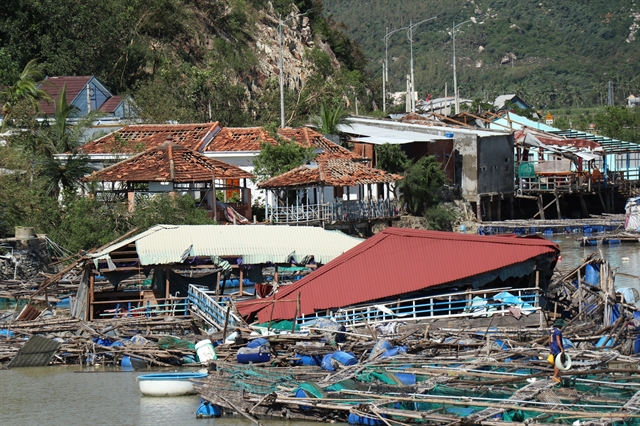 Life & Style
Life & Style
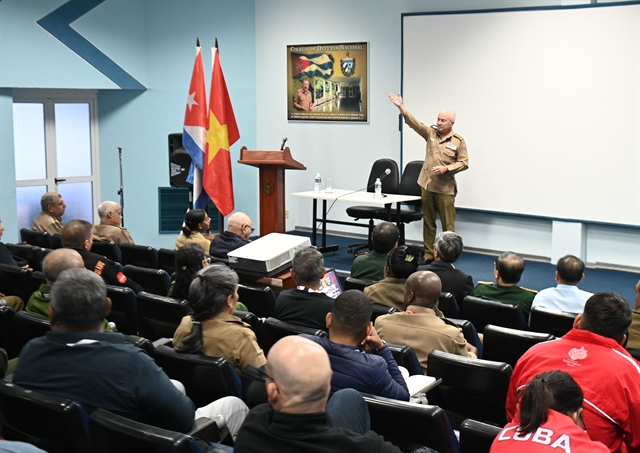
Sa Pa is not just a travel destination. Sa Pa is the seventh heaven that does exist on earth, it is the ultimate challenge when you decide to explore it and it exhausts you to the point you feel like dead. Then you revive. If you want to really feel alive, try going to Sa Pa.
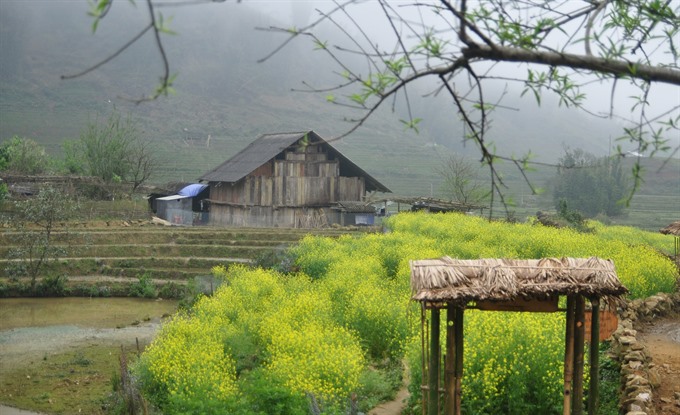 |
| Sa Pa calling: The mustard flowers fields at Cát Cát Village in Sa Pa. VNA/VNS Photo Hương Thu – TTXVN |
By Nguyễn Mỹ Hà
Sa Pa is not just a travel destination. Sa Pa is the seventh heaven that belongs on another planet but really does exist on earth.
Explore the place at your peril. It will surely be rewarding, but exhausting at the same time.
Sa Pa is a place to revive. It’s a place to really feel alive.
We visited Sa Pa in summer, when the scorching sun of Hà Nội burnt was enough to seek out pastures new. When we finally get to inhale the cool refreshing air up in Sa Pa, it tasted so fresh.
After 30 years of renovation and a huge number of tourists pouring in the country, Sa Pa has changed beyond anyone’s wildest imagination.
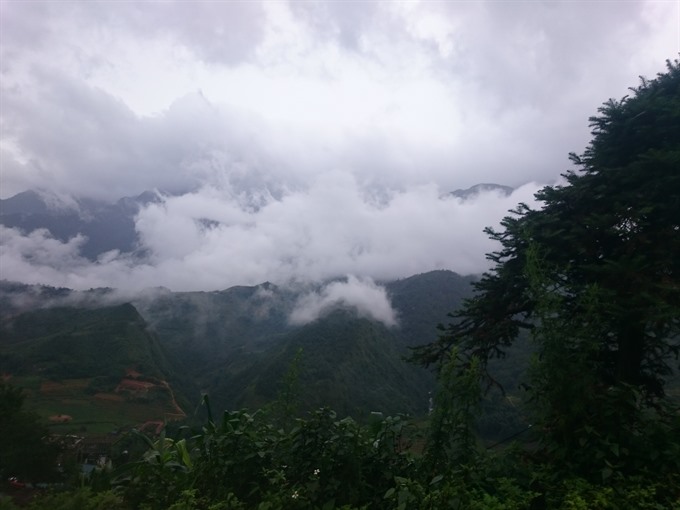 |
| Mountain view: Far behind those white clouds, is the rooftop of Indochina peninsula, Mt. Fansipan. — VNS Photo Mỹ Hà |
The town now has boomed on all levels. From five-star hotel project to homestay renovation or the town houses and shops of owners coming up from Hà Nội and other cities. The appearance of a dreamy hilly town has totally vanished. Sa Pa appears new and yet somehow tired, trendy in parts yet messy in others.
But if you travel farther and look beyond the busy tourist spots, you still find the Sa Pa of old, the Sa Pa where dreams are turned into reality.
Sa Pa still draws people to it like a magnet. Some have come and are stuck, never really able to leave.
Đức and Mai first went to Sa Pa to climb Mt. Fansipan in their twenties. They both fell in love with the land and made the Mông men and women their brothers and sisters.
They drive their minivan to Sa Pa anytime they can. Their children grew up among the Mông children of the Chư family. Foreign travellers pass by and they teach the children English. Mai, herself is an interior designer, taught the children to draw. She brought them paper and colouring pencils. Being able to read and to draw help the children learn and be happy.
The Mông men, Mr. Chư gave the couple a piece of land as a gift in their big mountain slope to build a wooden cottage, which they turn into a homestay for travellers. Guests come and stay in the cottage, Mr. Chư cooks for them and they pay him for the service.
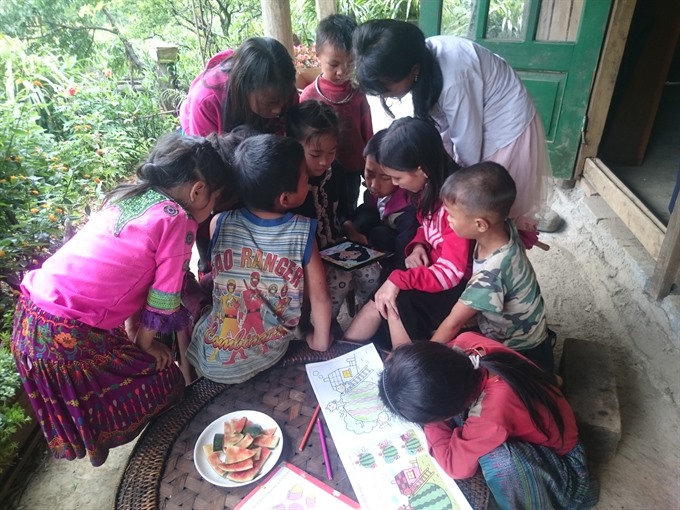 |
| High tech: Children getting a look on ipad. — VNS Photo Mỹ Hà |
Everything worked well until one day, Đức saw a Facebook status of one of the traveler, Christian Noventa, who was from Italy and booked to stay at their cottage for up to a month. Noventa writes in Italian, and here’s what the Google translate came up with:
“33days: Last night at the village.
A little bit of a second home. Thinking back to the first nights I never thought I could say such a thing.
A house, only wood, of the tables, badly laid like walls, a roof that moves in the wind.
Nothing in it. A plan to sleep.
My tent.
Today, lunch at Sa Pa, had carbonara!”
Broken sentences to record the experience and a photo from the tent toward the wooden cottage, whose roof moves with the wind, had moved Đức and made him uneasy.
Đức wrote that he felt uncomfortable and anxious, not knowing why.
“The night before Christian left Hà Nội for Sa Pa,” he writes, “we drank until we were both drunk, then I took him to the train station. He booked airbnb to stay at the house for a month!”
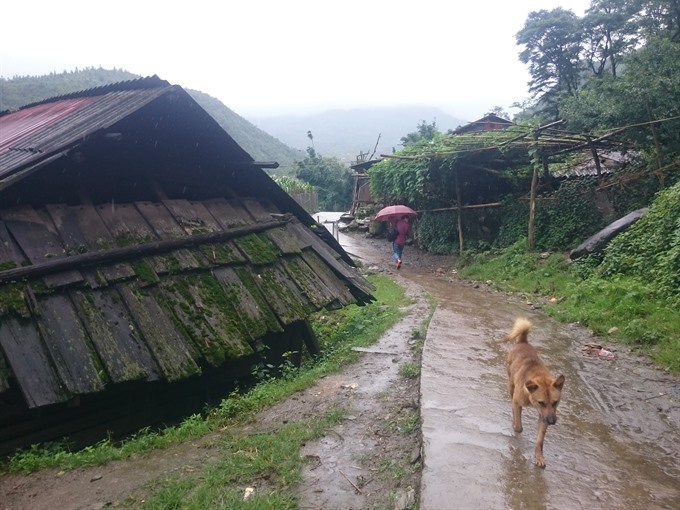 |
| Road to peace: Cement pathway leading to the cottage at Sín Chải Village. — VNS Photo Mỹ Hà |
“Now that I have recovered,” Đức wrote, “I can see things clearly and I can explain. I felt loss. I felt jealous like a young boy falling in love with a girl, but one day he learned that another boy loves her even more than he does.”
Đức writes that he was quite discriminating to only let foreign travelers stay in their house, and the occasional local friend.
He’d rather they know nothing of either Việt or Mông culture, that they don’t speak the language and somehow they have to figure out their own way to communicate with Chư his wife Giả and end up loving the children, loving the rain and sunshine, the freezing cold that swept through the shaking house and the starry sky above their heads… just like the way Đức and his wife came to love the place.
Christian took a photo of the cottage that Đức had never seen before. And he was jealous that Christian had the luxury to spend the whole month in the house, something Đức had never managed to do. And like Đức, Christian also made it to the top of Fansipan mountain.
We visited the house while the couple was also there for the weekend in summer. The garden still looks like spring has not left. Graceful dahlias of many colours were in full bloom. It was raining and they lit a fire.
We had tried many things in Sa Pa town, but we never felt as calm and peaceful as we did at the cottage.
 |
| Peaceful: Tent with a view of the wooden cottage. Photo courtesy of Christian Noventa |
Located near the end of Sín Chải Village, the house can be accessed after about half an hour drive from Sa Pa, then a 15-minute walk. Far enough yet close enough for family travelling with children like ours and still give us time to enjoy the true Sa Pa atmosphere.
Pointing at the mountain range in front of the house, Đức said to me, “Mt. Fansipan is over there, hidden behind the clouds.” They have climbed the mount numerous times, and I have not once.
They insisted we stayed for a meal, but we had to excuse ourselves to go. Long after we left, I vaguely felt that we somehow hurt the Chư’s feelings. He came to sit with us, but did not say much.
Đức and Mai, may be they have become just like the Mông people, also did not say anything. But I know that we should come back and stay, at least one weekend, to get ourselves soaked in the true sense of the place.
“The forest behind the house is very nice,” Mai said to me. “Come back when the plump flowers bloom,” she said. “You’ll love it.”
And I’m sure we will. — VNS

